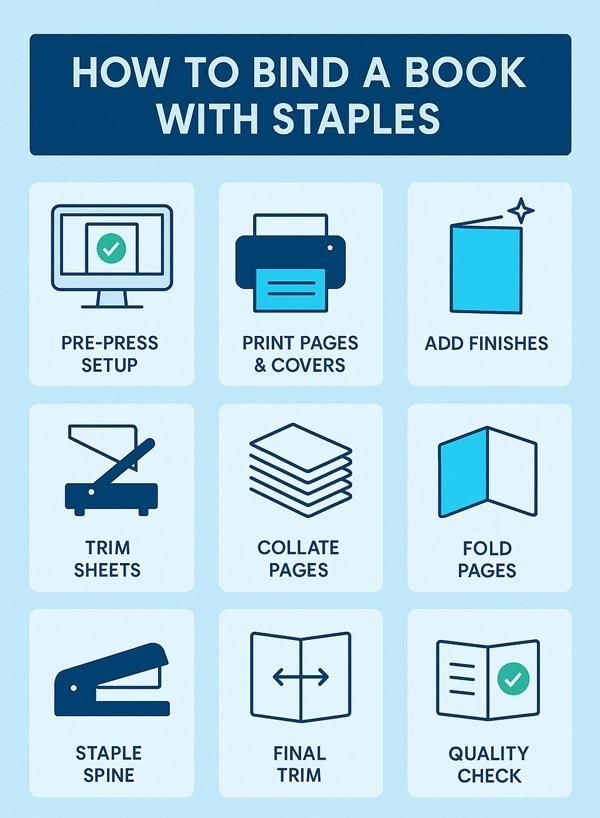Unlocking Success: What a Learning Strategist is & How They Transform Education
As education technology rapidly evolves, the role of a Learning Strategist has become increasingly vital at universities, colleges, and schools. Whether you’re seeking job opportunities in EdTech or are curious about how learning strategists enhance student success, this in-depth guide reveals everything you need to know. Explore the core responsibilities, benefits, and tips for excelling in this pivotal educational technology role.
What Is a Learning Strategist?
A Learning Strategist is an education professional who specializes in designing, implementing, and evaluating strategies that foster effective learning across traditional and digital platforms. Learning strategists blend educational theory,edtech tools,and data-driven insights to optimize instructional methods and promote student achievement. They act as a bridge between faculty, students, and technology, ensuring that educational initiatives align with institutional goals and learner needs.
Key responsibilities of a learning Strategist
- Develop instructional frameworks that support diverse learners
- Analyze data to assess learner engagement and achievement
- Collaborate with educators and administrators to integrate EdTech solutions
- Design resources and workshops to enhance student learning skills
- Provide expert advice on accessibility and inclusive teaching practices
- Support the transition from in-person to hybrid or online learning environments
How Learning Strategists Transform Education
At the crossroads of education technology and pedagogy, learning strategists drive transformation in several key ways:
- Personalized Learning: By analyzing learning analytics and student data, learning strategists tailor instructional approaches to individual needs, maximizing student engagement and achievement.
- Innovative Pedagogy: Learning strategists introduce cutting-edge teaching techniques and digital resources, ranging from adaptive learning platforms to gamification and microlearning.
- Faculty & Student Empowerment: through professional advancement and skill-building workshops, they empower both educators and students to leverage technology effectively.
- Equitable Access: They prioritize inclusivity, making sure digital content and learning experiences are accessible to all students, including those with disabilities.
- Continuous Improvement: By monitoring outcomes and collecting feedback, learning strategists iteratively refine educational strategies for optimal results.
Why Are Learning Strategists in high Demand?
As higher education and K-12 schools continue to adopt technology-enhanced learning, the need for skilled professionals who can guide these transitions grows. here’s why hiring learning strategists is a smart investment for educational institutions:
- Expertise in EdTech Integration: They ensure seamless adoption of LMS systems, educational apps, and virtual labs.
- Boosted Student Outcomes: Targeted strategies designed by learning strategists can lead to improved grades, retention rates, and overall satisfaction.
- Professional Development: They equip teachers to master new teaching technologies and methodologies.
- Data-Driven Decision Making: Learning strategists harness analytics to inform program improvements, curriculum changes, and policy development.
- Adaptability: Their versatile skill set enables rapid responses to evolving educational challenges such as remote or hybrid learning transitions.
Essential Skills and Qualifications for Aspiring Learning Strategists
If you’re exploring a career as a learning strategist at universities, colleges, or schools, understanding the relevant qualifications and skills is key. Common requirements include:
- Bachelor’s or master’s degree in education, instructional design, educational technology, or a related field
- Deep understanding of learning theory, instructional models, and curriculum development
- Proficiency with learning management systems (LMS) and educational technology tools
- Strong data analysis and research skills
- Excellent dialog and collaboration abilities
- Knowledge of accessibility standards and universal design for learning (UDL)
- Project management experience and adaptability in fast-paced environments
Desirable Qualities
- Passion for continuous learning and professional growth
- Creativity and open-mindedness to new educational approaches
- Empathy for diverse student populations
- Initiative and self-motivation
benefits of Working as a Learning Strategist in Education Technology
the learning strategist role offers a rewarding and dynamic career path within the education sector, with benefits such as:
- Opportunities to shape meaningful educational change
- Involvement in cutting-edge technology adoption
- Collaborating with forward-thinking educators and institutions
- Competitive salaries and professional advancement prospects
- Personal satisfaction in empowering both learners and teachers
Many learning strategists report high job satisfaction, citing the positive impact on student success and the chance to influence educational policy and practise at a systemic level.
Tips for Job Seekers: How to Launch Your Career as a Learning Strategist
Ready to embark on a career as a learning strategist? Here are practical steps to help you land your dream role at a university, college, or school:
- Build a Solid foundation: pursue relevant degrees and certifications in education technology, instructional design, or curriculum development.
- Gain Experience: Work in instructional support roles, develop e-learning materials, or volunteer to lead EdTech projects at your institution.
- Stay Current with EdTech Trends: Regularly attend webinars, read industry publications, and participate in professional networks focused on education technology.
- Showcase Your Skills: Create a digital portfolio that highlights your instructional design projects,analytical reports,and successful learning strategies.
- Network Effectively: Connect with professionals on LinkedIn, join education technology associations, and participate in university career fairs.
- Prepare for Interviews: Be ready to discuss your experience with learning platforms, data analysis, and projects where you optimized student learning outcomes.
- Demonstrate a Vision for the Future: Share insights about emerging trends like personalized learning, AI-driven instruction, and accessibility best practices.
Conclusion: Shaping the Future of Learning Through Strategy and technology
In today’s rapidly changing educational landscape, the role of the Learning Strategist is more critical than ever. These professionals not only drive technology adoption but also ensure that teaching aligns with best practices in learning science. By bridging gaps between educators, students, and EdTech, learning strategists unlock student potential and foster academic success across universities, colleges, and schools.
If you are passionate about transforming education and empowering learners, a career as a learning strategist could be your gateway to making a lasting impact—one innovative strategy at a time.

